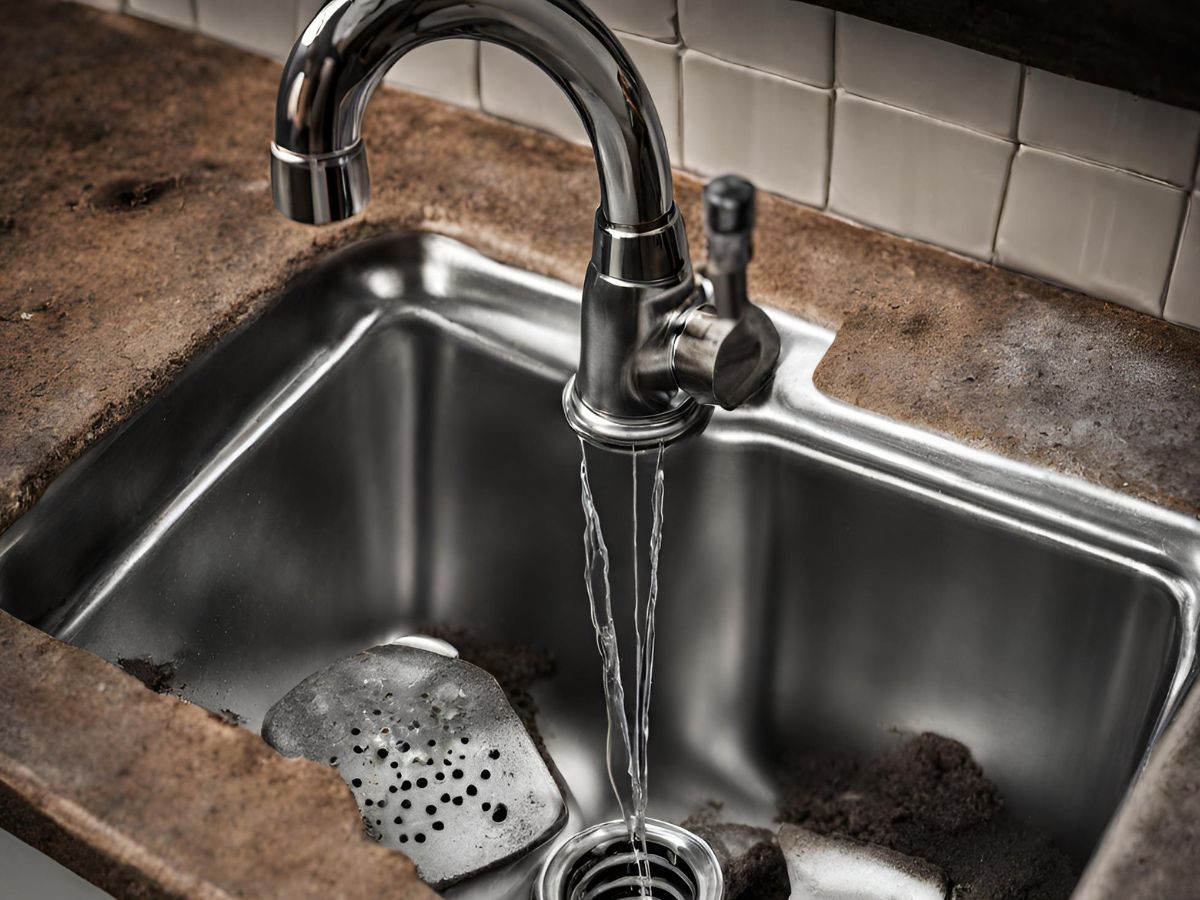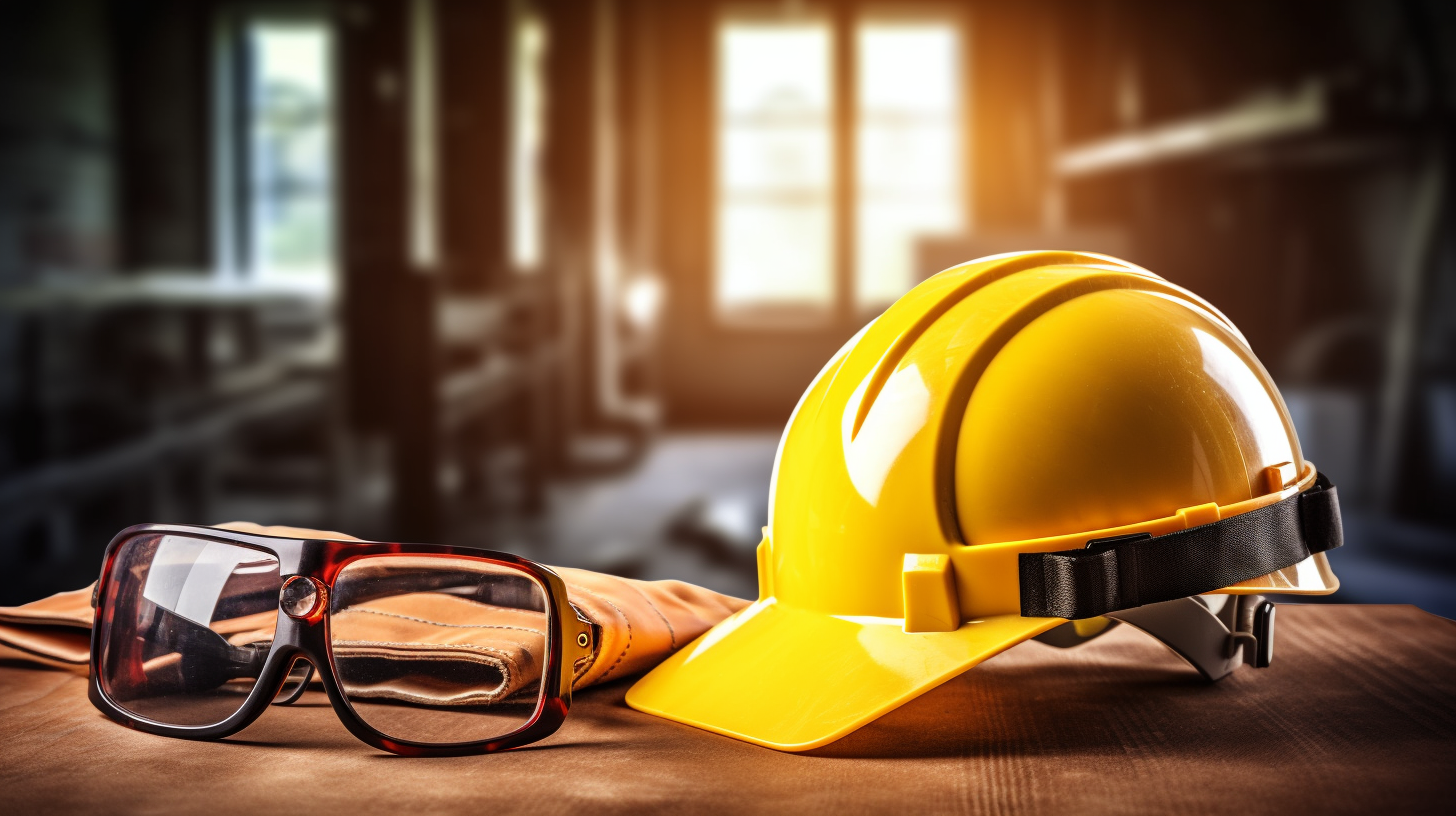Clogged drains are a common household woe that can disrupt daily routines and cause inconvenience. Understanding the art of drain unclogging is a valuable skill every homeowner should possess. This article explores various techniques, from DIY methods to professional services, offering insights into the tools and preventive measures essential for maintaining a smoothly flowing drainage system. To learn more click here.
DIY Techniques for Minor Clogs
Use of Boiling Water
One of the simplest yet effective DIY methods is pouring boiling water down the drain. This helps break down grease and accumulated debris, especially in kitchen sinks. Ensure that the water is hot but not boiling to prevent potential damage to PVC pipes.
Baking Soda and Vinegar Method
A classic and eco-friendly approach involves using a mixture of baking soda and vinegar. Pour a cup of baking soda followed by a cup of vinegar down the drain. The chemical reaction can help dislodge minor clogs. Finish by flushing with hot water.
Plunging for Quick Fixes
For bathroom drains or those with visible blockages, a plunger can work wonders. Create a seal over the drain and plunge vigorously. The suction and pressure can help dislodge clogs, allowing water to flow freely.
Tools for Home Drain Unclogging
Plumber’s Snake
For more stubborn clogs deeper in the pipes, a plumber’s snake is a handy tool. Feed it into the drain and rotate to break apart or retrieve blockages. This tool is particularly useful for hair or soap scum buildup.
Zip-It Tool
The Zip-It tool is a cost-effective and straightforward solution for removing hair and debris from drains. Its barbed edges catch onto obstructions, and pulling it out can clear minor clogs quickly.
Wet/Dry Vacuum
Innovative homeowners can use a wet/dry vacuum to remove blockages. Set the vacuum to liquid mode, create a seal over the drain, and let the vacuum pull out the clog. This method works well for both wet and dry substances.
Avoiding Chemical Drain Cleaners
Environmental Impact
While chemical drain cleaners are readily available, they come with environmental consequences. The harsh chemicals can harm ecosystems when disposed of improperly.
Potential Damage to Pipes
Chemical drain cleaners may cause damage to pipes over time, especially in older plumbing systems. The corrosive nature of these chemicals can weaken the pipes, leading to leaks or breakages.
Safer Alternatives
Opt for safer alternatives like enzyme-based drain cleaners. These are eco-friendly and pose minimal risk to your plumbing while effectively breaking down organic matter causing clogs.
Professional Drain Unclogging Services
When to Call a Professional
Persistent or recurrent clogs may indicate more significant issues within the plumbing system. If DIY methods prove ineffective, it’s time to call in professionals to assess and resolve the problem.
Importance of Regular Maintenance
Scheduling regular drain maintenance with professionals can prevent major issues. Periodic inspections and cleaning help identify potential problems before they escalate.
Choosing a Reliable Plumbing Service
Research and select a reputable plumbing service with a track record of successful drain unclogging. Customer reviews and recommendations can guide you in making an informed decision. Try our services : https://anytimeplumbing.net/drain-cleaning-unclogging-repair-services/
Prevention Techniques
Regular Cleaning Habits
Incorporate regular cleaning habits to prevent the accumulation of debris. Simple practices like rinsing drains with hot water or using a mixture of baking soda and vinegar can maintain a clean drainage system.
Avoiding Grease Buildup
Dispose of grease properly and avoid pouring it down the drain. Accumulated grease is a common cause of clogs in kitchen drains and can be prevented by adopting responsible disposal practices.
Installing Drain Screens
Install drain screens in bathroom and kitchen drains to catch hair, soap scum, and other debris before they enter the plumbing. Regularly clean these screens to ensure optimal effectiveness.
DIY Drain Maintenance Habits
Monthly Hot Water Rinse
Incorporate a monthly routine of pouring hot water down drains to prevent the accumulation of soap scum, grease, and debris. This simple habit helps maintain the flow of water through the pipes.
Baking Soda and Vinegar Maintenance
As a preventive measure, periodically use the baking soda and vinegar method even when there’s no visible clog. This proactive approach helps break down potential buildup and keeps your drains odor-free.
Understanding Drain Anatomy
Know Your Pipes
Gain a basic understanding of the plumbing layout in your home. Different drains connect to various pipes, and knowing this can aid in troubleshooting and identifying the source of a clog.
Recognizing Warning Signs
Educate yourself on the warning signs of potential drain issues. Detecting slow drainage, gurgling sounds, or water backing up are indicators that prompt action is needed to avoid more significant problems.
Grease Disposal Best Practices
Proper Grease Disposal
Establish responsible grease disposal habits. Instead of pouring grease down the drain, collect it in a container and dispose of it in the trash. This prevents grease buildup in the pipes, reducing the risk of clogs.
DIY Grease Trap Installation
Consider installing a DIY grease trap under your kitchen sink. This additional layer helps catch grease before it enters the plumbing system, preventing clogs and reducing the need for frequent drain maintenance.
Seasonal Drain Inspections
Spring Check-ups
Incorporate seasonal drain inspections, especially during spring, to ensure winter debris and residue are cleared. This proactive approach helps prevent clogs and keeps your drains in optimal condition.
Winter Precautions
Before the onset of winter, take precautions to prevent frozen pipes that can lead to blockages. Insulate exposed pipes and keep a trickle of water running in faucets during extremely cold temperatures.
Eco-Friendly Drain Cleaning Products
Homemade Drain Cleaners
Explore DIY eco-friendly drain cleaners using natural ingredients like lemon, salt, and baking soda. These homemade alternatives offer a green approach to drain maintenance without compromising effectiveness.
Environmentally Friendly Commercial Products
Opt for commercial drain cleaning products labeled as environmentally friendly. These options are often biodegradable and safer for both your plumbing system and the environment.
Dealing with Stubborn Clogs
When DIY Methods Fail
In the event DIY methods prove ineffective, it’s essential to know when to seek professional assistance. Persistent clogs may indicate a more complex issue requiring specialized tools or expertise.
Emergency DIY Solutions
Provide readers with emergency DIY solutions for sudden and severe clogs. Techniques such as using a wet/dry vacuum or an improvised drain snake can offer temporary relief until professional help arrives.
The Role of Ventilation in Drain Health
Understanding Vent Pipes
Vent pipes play a crucial role in maintaining proper drainage. Understand how these pipes work to allow air into the plumbing system, preventing suction and facilitating the smooth flow of water.
Signs of Ventilation Issues
Recognize signs of ventilation problems, such as foul odors, gurgling sounds, or slow drainage. Addressing ventilation issues promptly can prevent clogs and maintain the overall health of your drains.
Updating Old Plumbing Systems
Signs of Aging Pipes
Be aware of signs that your plumbing system may be aging, such as corrosion, leaks, or frequent clogs. Upgrading old pipes can significantly reduce the likelihood of drain issues.
Choosing Modern Materials
If upgrading plumbing components, consider modern materials like PVC or PEX. These materials are more resistant to corrosion and clogs, contributing to a longer lifespan for your plumbing system.
The Future of Drain Technology
Smart Drain Maintenance Tools
Explore emerging technologies in drain maintenance, such as smart tools that provide real-time insights into your plumbing system’s health. These innovations can revolutionize how homeowners approach drain care.
Sustainable Drain Solutions
Look ahead to sustainable drain solutions that incorporate eco-friendly materials and practices. The future of drain technology may hold advancements that align with environmentally conscious living.
Conclusion
In conclusion, mastering the art of drain unclogging extends beyond reactive measures to proactive habits, understanding drain anatomy, and embracing emerging technologies. By adopting DIY maintenance routines, staying informed about your plumbing system, and exploring eco-friendly practices, you empower yourself as a homeowner. The evolving landscape of drain technology offers glimpses into a future where sustainability and efficiency coexist for optimal drain health.
FAQs
- How can I tell if a clog is a minor issue or a serious plumbing problem?
Persistent or recurrent clogs, foul odors, or slow drainage are signs of potential plumbing problems that may require professional attention.
- Is it possible to prevent tree roots from causing drain clogs?
Regular inspections and root barriers can help prevent tree roots from infiltrating your drain pipes, minimizing the risk of clogs.
- Can DIY methods like plunging damage my pipes?
When used correctly, plunging is a safe DIY method. However, excessive force may lead to pipe damage, so it’s crucial to exercise caution.
- Are there any natural alternatives to chemical drain cleaners?
Yes, natural alternatives like enzyme-based cleaners, lemon, and baking soda provide effective and environmentally friendly options for drain cleaning.
- How often should I replace old plumbing pipes?
The lifespan of pipes varies, but if you notice signs of aging, such as corrosion or leaks, it’s advisable to consult with a plumber about potential replacemen




